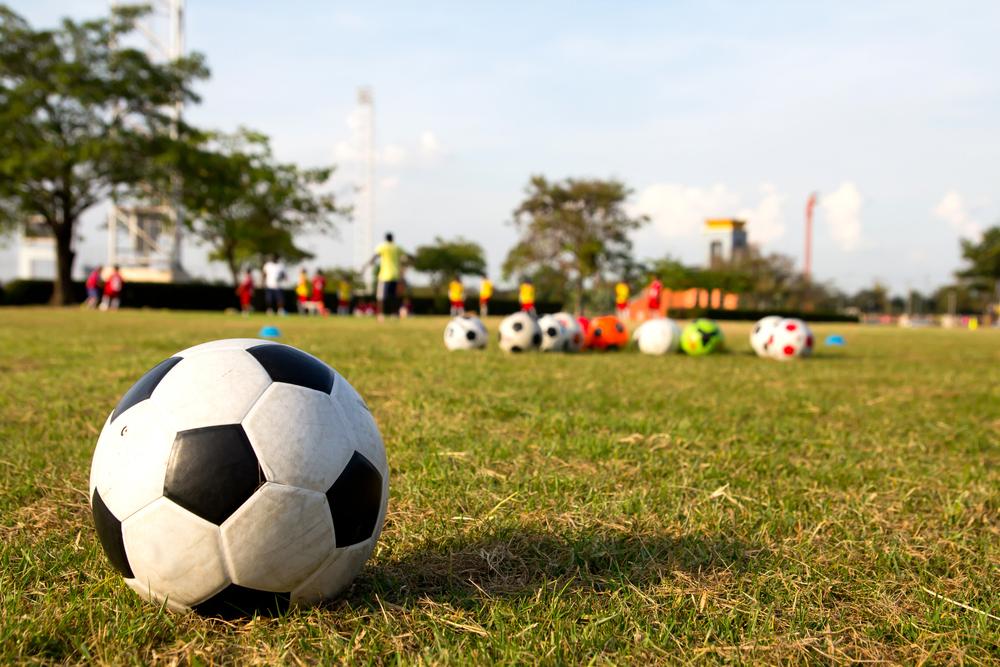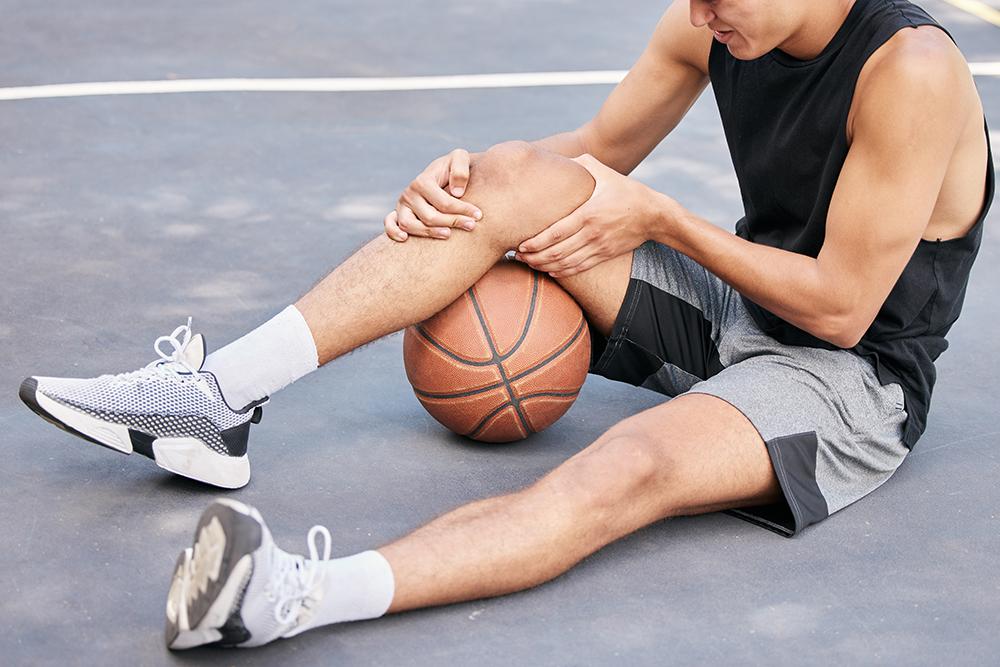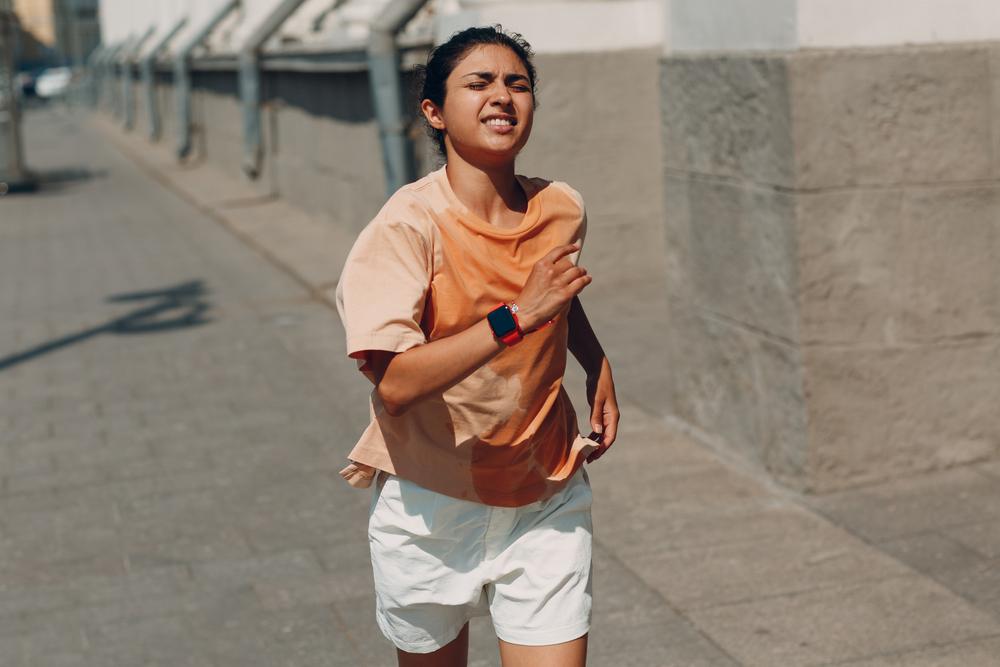 Spring is time for cleaning, tax refunds, and making plans for summer!
Spring is time for cleaning, tax refunds, and making plans for summer!
There’s no better place for young athletes to stay active, learn new skills, and make new friends than at a summer sports camp. And for parents, sports camps provide an alternative to having the kids hang around the house, surf YouTube, and complain that there’s nothing to do.
Summer camps are big business ($18 billion, according to the American Camp Association) and the number of choices in sports camps can be overwhelming. Not only do camps exist for every sport (and even specific positions) imaginable, they vary wildly in intensity, cost, and objective.
In order to pick a camp your young athlete will enjoy and learn from, parents should ask themselves the following questions.
What kind of summer sports camp is appropriate for my athlete?
Sport camps range in focus from casual fun to extreme specialization. Talking to your athlete and taking their interest and ability levels into consideration can help you place them in the camp category that’s best for them:
- Social/Casual: Think traditional summer day camp featuring a wide range of sports and other physical activities to try. The emphasis is typically on socializing, staying fit, and trying new sports in a fun setting. Traditional sleep-away camps are similar, and often include campfire singalongs and sleeping in cabins.
- Single-Sport: These are camps focused on just one sport, but generally inclusive for all experience and ability levels. Most college athletic departments and even some high schools offer summer programs that often have the school’s athletes or coaches running sessions and teaching the campers.
- Highly Specialized/Elite: These camps usually aren’t open admission and require not only previous experience in the designated sport, but a certain level of ability, too. They sometimes can involve traveling long distances to different camps and tournaments as part of a circuit, as in the case of summer AAU basketball. At the elite end of the spectrum, some athletes go to these camps to showcase their skills to talent scouts and collegiate coaches.
Who’s in charge?
Once you have decided what type of camp environment is best, it is also important to consider who will be doing the coaching. Almost all sports camps include this information on their website or brochure. A camp run by a recently-retired pro or collegiate star may be a neat experience for your athlete, but they may not necessarily be as good at coaching as someone whose been instructing athletes of different skill levels for 20+ years.
In many cases, you might even be able to find video of the coach or coaches speaking at a camp or coaching drills. This can give you some context as to the coaching staff’s demeanor, so you can decide if it’s an environment your athlete would respond well to.
How big is the camp?
While memories of traditional summer camps might make you think of a mass of children for every one camp counselor, many sports camps are not like that.
Some, especially those with the goal of rapidly developing skills for athletes with prior experience, offer much more individual attention and a coach:athlete ratio closer to a dozen or fewer athletes per every coach. Camps that use sports to encourage socializing usually have a higher ratio, but also provide a greater opportunity to meet new people.
If this information can’t be gleaned from the camp’s site, try asking for it via email.
Additional fees and requirements
Beyond the registration fee, there can be additional costs associated with attending a summer sports camp. Some may require athletes to purchase and bring specific equipment, sun protection, or other items. They may have “outing fees” (e.g. a few dollars to cover the cost of shoes and a ball on a field trip to a bowling alley). While many camps provide meals, others ask athletes to bring a packed lunch and/or snacks to eat. If it’s not an overnight camp, the cost of the commute is also important to keep in mind.
Resources for finding the perfect summer sports camp
Regardless of your athlete’s skill level, there are many different ways to find the perfect summer sports camp.
Aggregate sites: Sites like summercamps.com, USSportsCamps.com, and AAUSports.org allow you to search by sport or zip code to see all the sport camps near you. Simply Googling ‘[sport name] camp [city or region]’ should also pull up relevant results.
Local colleges and universities: Most universities with athletic departments run some sort of summer sports program, so Googling their name and ‘sports camp’ should pull up that information. A phone call or email to someone in an athletic department should also direct you to someone who can tell you more. Many high schools also offer summer sport programs.
Ask the coach: If your athlete is wants to focus seriously on taking performance to the next level or competing at a high level, ask for their coach or a coach from a local ‘elite’ program for summer program recommendations.
Try a TrueSport Sports Camp!
TrueSport partners with sports camps to help coaches deliver proven and effective programming on a wide range of topics, including sportsmanship, leadership, nutrition and hydration, anti-bullying, and accountability. Here are just a few of the camps that feature TrueSport programs. Interested in having TrueSport programming at your child’s sport camp? Contact Us.
LXTC – Lacrosse Training Center



